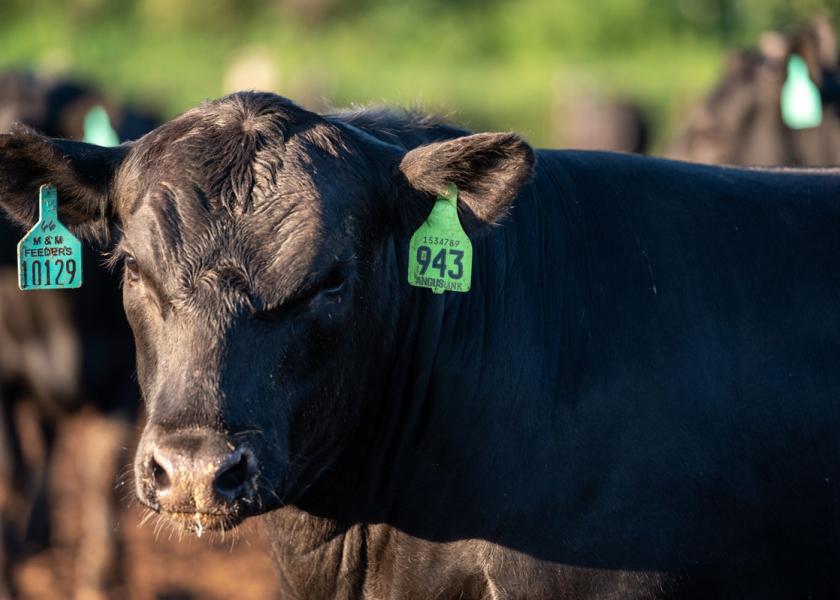Nalivka: Key Beef Industry Economics - Not Just For Ranchers and Packers

John Nalivka is president of Sterling Marketing, Inc., Vale Oregon.
Considering the Biden Administration’s plan to “fix” the meat packing / processing industry so that “farmers” can receive a “fair” price and be profitable, I have reached the conclusion that I must have missed something in my graduate economics classes. Or perhaps, USDA’s conclusion with regard to the economics of market structure and pricing across the meat industry supply chain is just wrong. I support the latter.
First, let’s define the beef (yes, beef not cattle) industry supply chain. This is important in any discussion as each link in the chain plays a critical role for the success of the entire supply chain – from producing a calf to marketing finished beef products to the consumer – and is far more complex than farmers and packers. It involves 1) cow-calf operations that raise calves, 2) stocker operations that hold those calves for added gain on grass and sell feeder cattle, 3) feedlots that buy and finish those feeder cattle to market weight, 4) packers who buy the finished cattle and convert those live cattle to finished marketable quality beef products through fabrication and further-processing and market those beef products directly or through 5) distributors to 6) restaurants and supermarkets.
Emphasizing the structure of the beef industry to stress the importance of the distinct segments, I say without reservation, it takes every segment of this supply chain working for the industry to be successful and the supply chain is more than family farmers and big packers.
One key economic principal of this beef supply chain is economies of scale. This is true for the ranches raising cows and calves, feedlots finishing cattle, packers and processors converting those cattle to beef products, and even supermarkets and restaurants. Simply put, as a firm expands production and achieves greater production efficiencies, per unit costs decline. This is a driving force in any business and has been particularly true in production agriculture as well as the packing / processing industry. Much of my graduate research on economies of scale and the minimum efficient scale of cattle ranches in Nevada in 1983 would still hold true today.
The drive toward economies of scale and the resulting increased production efficiency has a notable impact on the beef industry. This is true whether it be ranches raising cows, feedlots, and packers. Economies of scale have led to consolidation in all segments of the industry as agriculture businesses strive for the point on the long run average cost curve where economies of scale are exhausted.
Returning to the Administration’s $1 billion plan to make the market fair – yes, it’s a bad idea, particularly as the supply of cattle declines in the face of herd liquidation over the past 2 years. Prices may rise in the short term simply because cattle numbers are declining against the current capacity, but those higher prices for cattle will be paid by all packers – large plants, small plants, new plants, and old plants. And yes, more plants may mean increased competition but for how long, until herds are rebuilt and cattle numbers increase and the capacity gap is narrowed again?
I go back to my recommendation over the past 5 years or more - instead of building packing plants, the cattle segment of the supply chain needs to be more focused on becoming more involved with the beef segment’s branded programs with premiums or marketing direct to consumers through locker beef plants.







